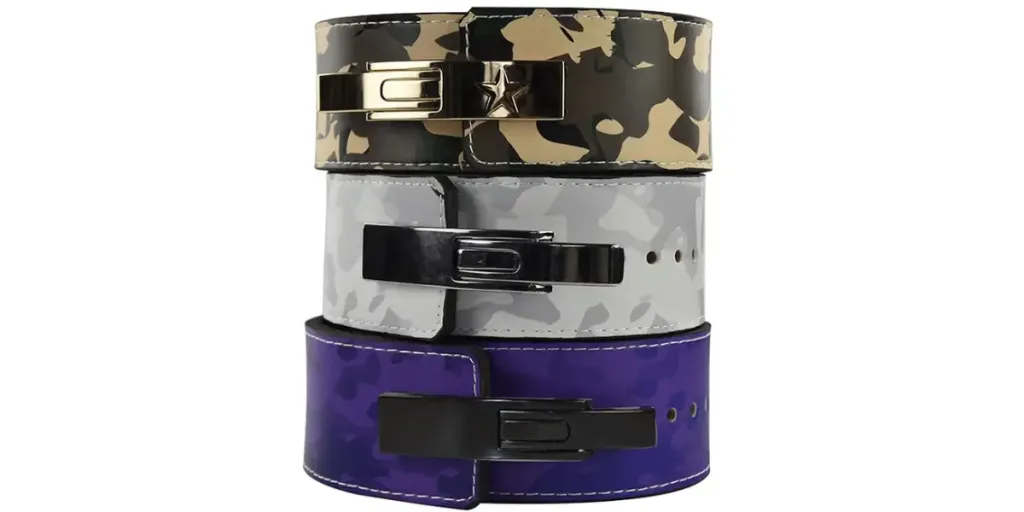A lever belt supports balance during lifting and strength training exercises. These belts, worn around the waist area, are used in powerlifting, bodybuilding, and other resistance training activities. The high level of appreciation for lever belts comes from their ability to increase internal abdominal pressure. This provides a strong foundation for lifters to use the correct form, and it helps them to maintain stability throughout their workout.
This guide focuses on the main types of lever belts available today, as well as six key considerations that will assist buyers with purchasing the best lever belts on the market.
Table of Contents
Market share of lever belts
Types of lever belts
Key considerations for buying a lever belt
Summary
Market share of lever belts

According to Google Ads, the keyword “lever belts” averages an impressive 22,200 searches each month. The demand for lever belts is rapidly growing thanks to new trends among people involved in bodybuilding, weight-lifting, and athletics. With people focusing on heavier workouts, weightlifting accessories have become essential. Lever belts help in boosting performance and safety while lifting weights.
The biggest market for lever belts is North America, which comprises the US and Canada, among many other countries. Also, there has been an increase in the use of the lever belt in Europe, particularly in the UK and Germany, where fitness gurus are always searching for advanced training kits. In Asia, nations like China and Japan use lever belts for their stomach support benefits, to improve overall performance, and to prevent injuries.
Types of lever belts
1. Single-prong lever belts
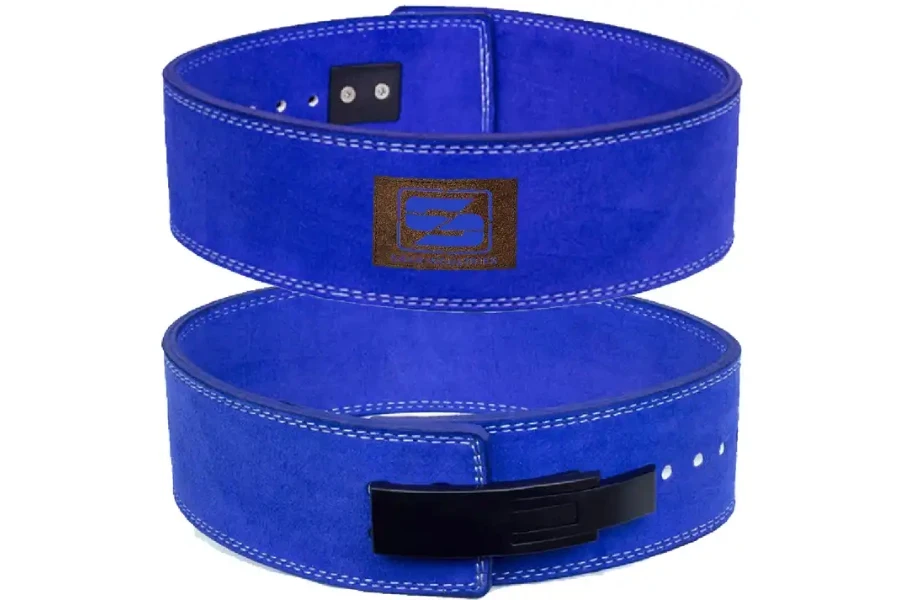
Single-prong lever belts are characterized by a single metal prong that secures the belt in place, allowing for brief and easy modifications. These belts are acknowledged for their simplicity and ease of use, making them perfect for lifters who pick a hassle-loose setup. The single-prong layout guarantees a steady suit while simplifying setting on and removing the belt.
Single-prong belts are suited for powerlifting and weightlifting exercises. With variations in thickness and size, lifters can select single-prong lever belts tailor-made to their specific desires.
2. Double-prong lever belts
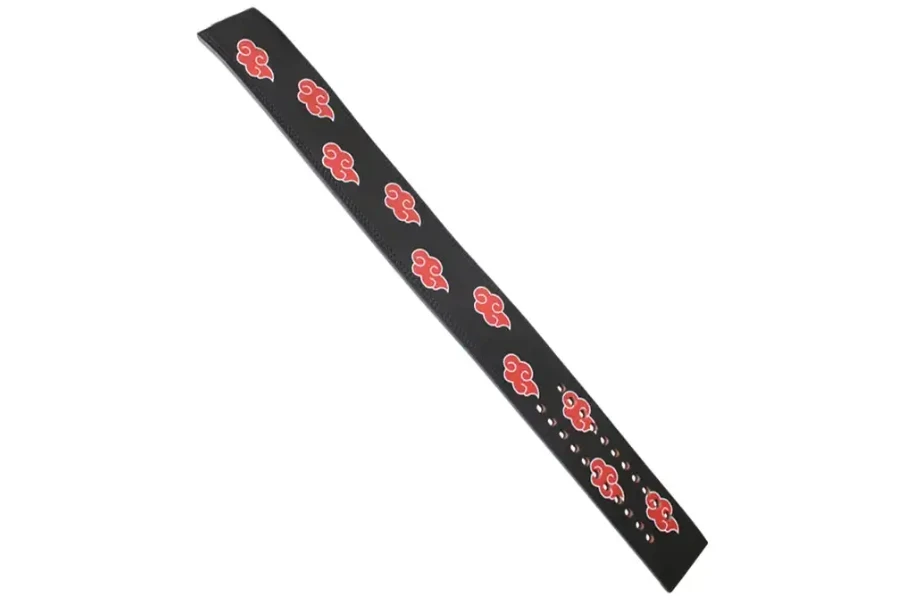
Double-prong lever belts are characterized by two metal prongs that add stability and protection. The dual-prong format distributes extra pressure evenly throughout the belly, presenting better-suited assistance during heavy lifts. Double-prong lever belts are desired by lifters who prioritize balance and a snug fit.
The additional prong guarantees the belt stays firmly in place, making it appropriate for aggressive powerlifting or those lifting close to their maximum potential.
3. Lever-less belts
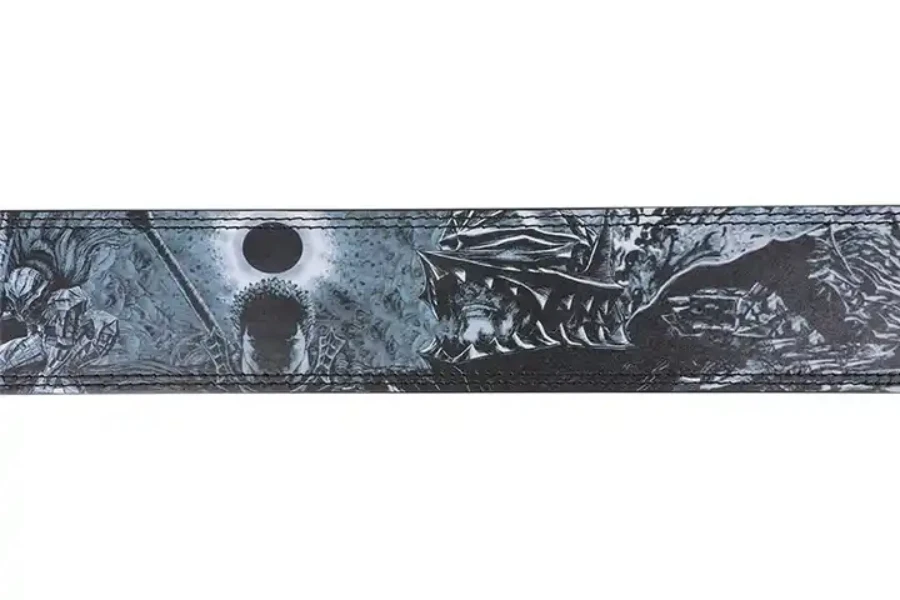
Lever-less belts use alternative closure systems, which encompass buckles or Velcro. These lever belts are designed for lifters who want a graceful, streamlined look without compromising support. Lever-less belts offer quick and smooth adjustments, making them appropriate for dynamic workout routines requiring frequent tightening or loosening.
The absence of a conventional lever mechanism contributes to an easy and unobtrusive design, permitting lifters to pay attention completely to their overall performance.
Key considerations for buying a lever belt
1. Cost
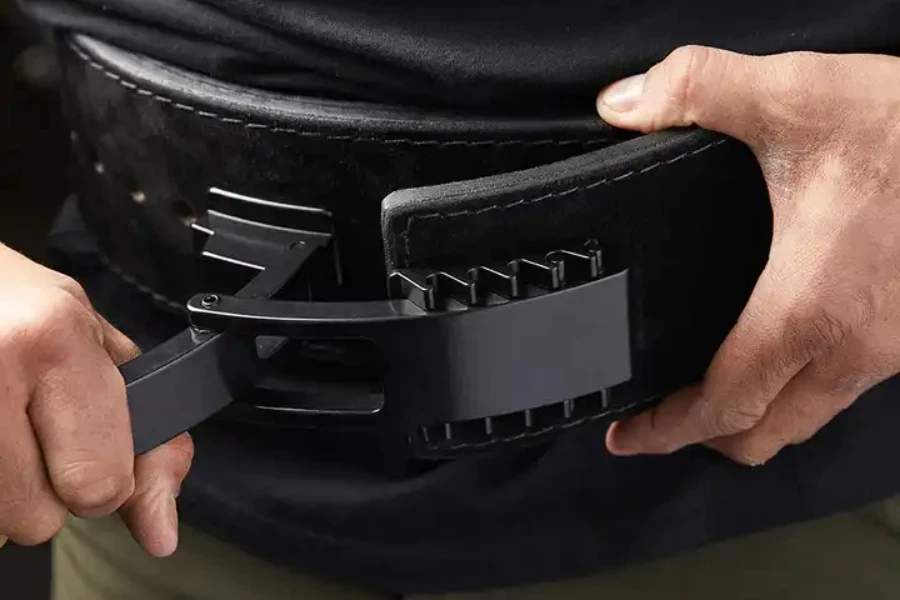
Prices for lever belts can range substantially based on factors like material, brand reputation, and available features. Entry-level lever belts range in price from USD 40 to USD 80. They present a budget-friendly alternative for people starting their power training adventure. Premium lever belts can cost USD 150 or more, offering superior functions and more suitable craftsmanship. Buyers must balance price range constraints and the preferred quality to make a profitable investment in a belt that meets their needs.
2. Material
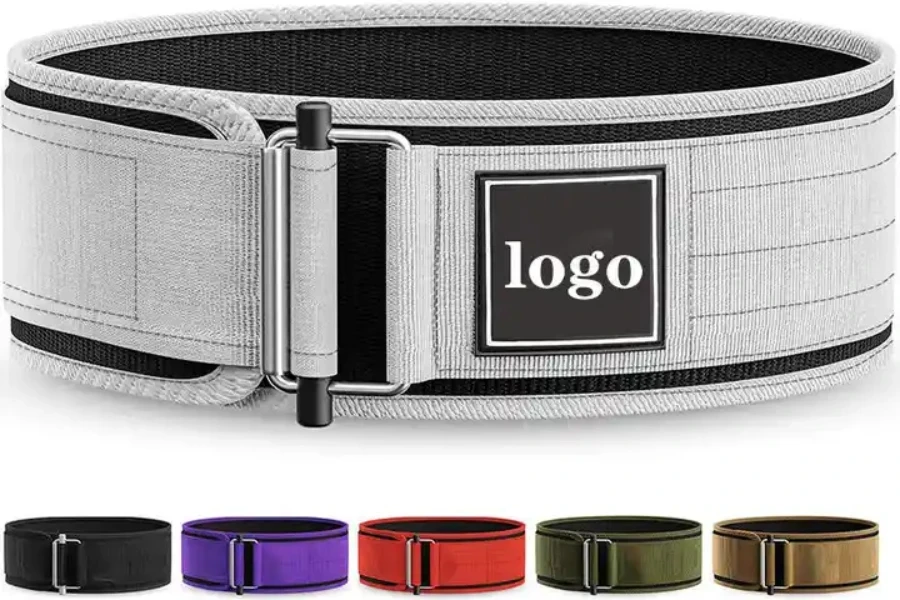
The material of a lever belt impacts its performance and lifespan. Understanding the pros of each material used empowers users to align their alternatives with the intended use and price range. Lever belts are mostly made from genuine leather, artificial leather, and nylon. Genuine leather is famous for its durability and classic appearance. Synthetic alternatives are more budget-friendly, providing robust support. Nylon lever belts are recognized for their lightweight and versatile nature.
3. Width
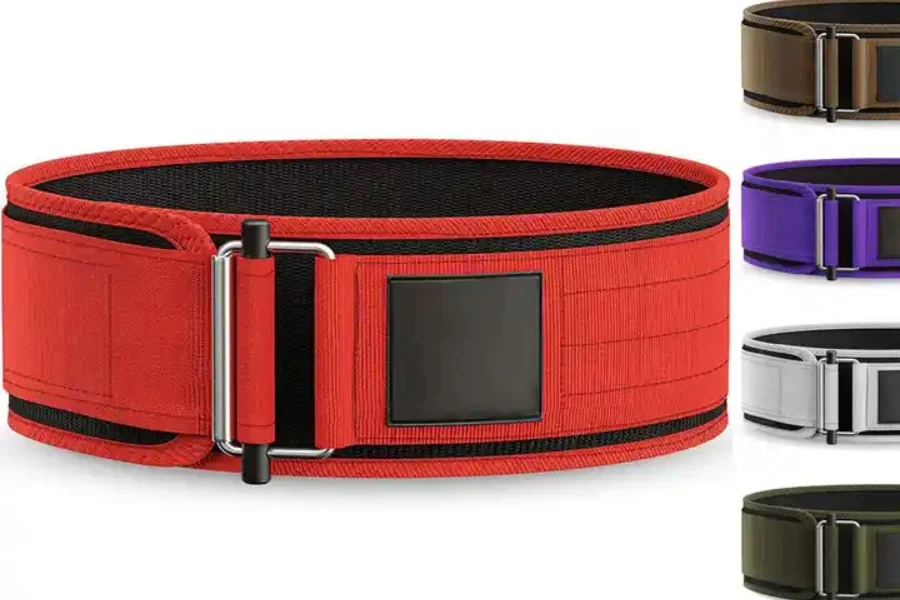
The width of a lever belt influences the extent of support it provides during strength training activities. Most lever belts fall within the range of 4 to 4.5 inches in width. Powerlifting federations often have policies specifying the most allowable belt width for competitions.
Wider belts that fall around 4.5 inches can distribute pressure evenly across the abdominal region. This presents superior balance throughout heavy lifts, which include squats and deadlifts. Some individuals might find wider belts much less comfortable, prompting them to choose belts inside the 4-inch range.
4. Thickness
How thick a lever belt is affects its rigidity and the extent of support it offers. Thickness is commonly measured in millimeters, with powerlifters frequently opting for belts around 10 mm for maximal center balance. Thicker belts provide a stiffer feel, contributing to elevated intra-abdominal pressure. Individuals engaged in dynamic exercises or CrossFit may decide upon thinner belts around 6 mm, for greater flexibility in the course of varied moves.
5. Size and adjustability
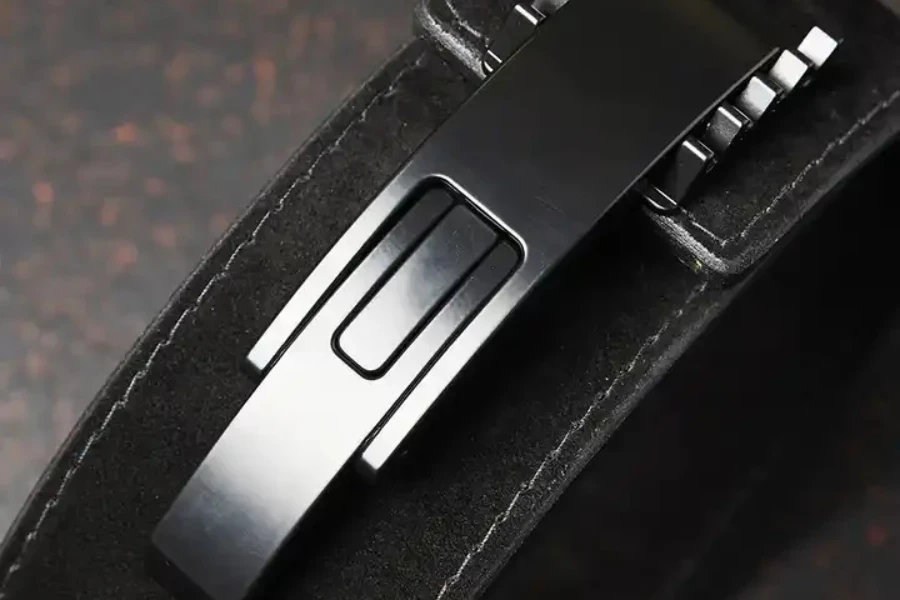
Sizing can vary amongst manufacturers, making it critical for buyers to consult every brand’s sizing chart for accurate measurements. Lever belts generally include a lever mechanism that permits short and clean changes. Opting for a belt with multiple adjustment settings guarantees flexibility for changes in body composition, allowing the user to gain a comfortable match.
The adjustability of the lever mechanism is especially useful for individuals experiencing fluctuations in weight or people with changing consolation possibilities over the years.
6. Durability
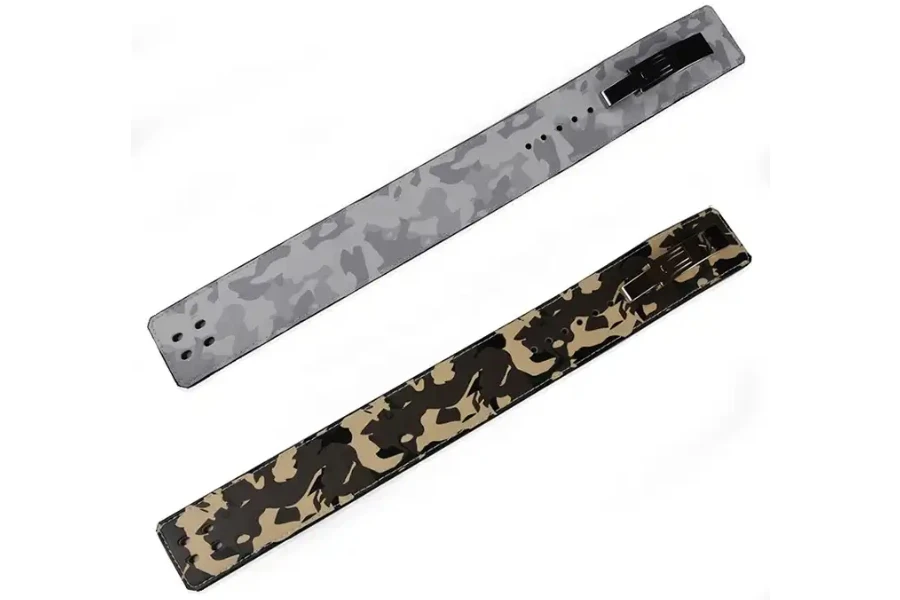
A durable lever belt should withstand repeated use and hold its structural integrity over a prolonged period. Genuine leather belts are regularly considered long-lasting, given the natural strength and resilience of the material. High-quality synthetic materials, including strengthened nylon or polyurethane, can also offer lasting performance.
Lever belts can last 5 to 10 years, depending on frequency of use, material quality, and the workouts’ intensity.
Summary
Selecting the ideal lever belt entails thoughtful attention to a number of key factors, including cost, material, width, thickness, length, adjustability, and durability. On top of this, striking a balance between financial constraints and preferred features is essential. Retailers seeking to stock lever belts for their buyers can explore a variety of options on Chovm.com.
